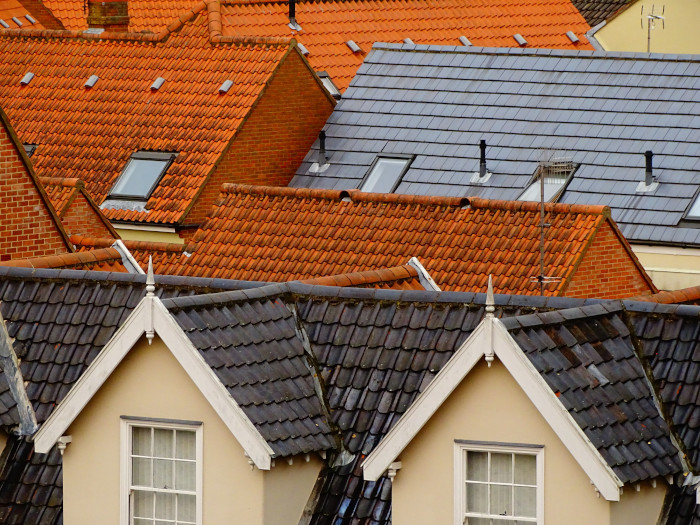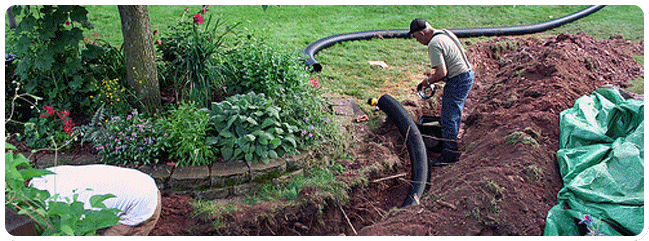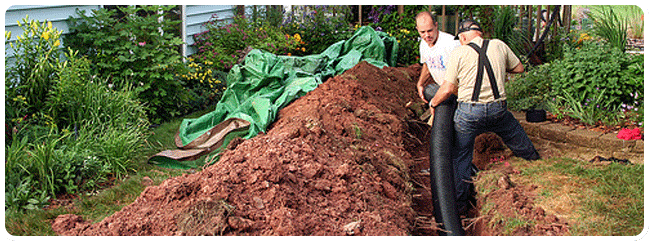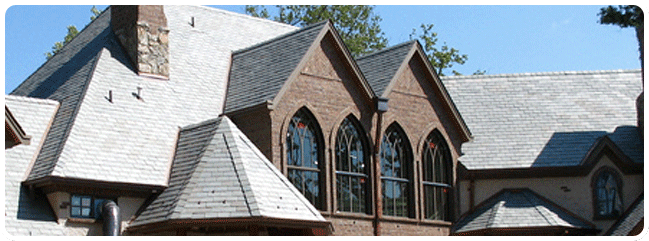If you’re like most homeowners, then you probably don’t give much thought to the various types of roofs that are available. But if you’re considering adding a new roof to your home, or are just curious about what’s out there, then it’s worth taking a look at gable roofs. Gable roofs are one of the most popular roofing styles, and for good reason – they offer a number of benefits that other roofing styles can’t match. So what is a gable roof, and why should you consider installing one on your home? Keep reading to find out!

What is a gable roof?
A gable roof on a rectangular house has two sloping, or pitched, sides. The pitched or sloped slides meet at the top of the roof. The top where they meet is the ridge, and the central ridge runs parallel to the length of the house. The triangular portion of the vertical wall at the open end of the pitched roof is called the gable. The gable extends from the peak of the ridge to the bottom of the eaves. This triangular portion of the wall, or gable, is the source of the roof’s name.
Gable roofs are very popular. One reason is that they are versatile enough to be used on a wide variety of architectural styles. Another reason is that they offer several advantages over other roof styles in terms of cost and weather resistance. Gable roof styles range from simple and unadorned to complex and even decorative styles. Source: Study
Advantages
Cost – Because a gabled roof is just two roof parts joined together, the structure is easy to design and execute. You don’t need nearly the amount of materials required to build a gable roof as you would other roof types.
Protection from the elements – The straightforward gable design simply provides two slopes for water and other precipitation to easily drain from.
More attic space – Gabled roofs allow for vaulted ceilings. This can create a lot more interior room for storage and better ventilation. You can also easily add a mezzanine to a gabled roof structure for visual appeal and enhanced use. Source: Fixr
Disadvantages
Worse Wind Performance
Gable roofs do not perform as well as hip roofs during extreme wind. The gable is a flat surface that wind may hit directly. The wind is then pushed up the face of the gable to the roof. If there is an overhang on your gable, the force of the wind could, in extreme cases, pull up the truss of your roof.
Most professionals recommend keeping a roof overhang under 30 inches in areas where wind performance is a concern. However, refer to your architect. He/she will have a better idea of how to build for your specific conditions and building codes.
Harder to Build
Homebuilders find that homes with gable roofs are harder to construct. The walls must be different heights to account for the roof shape. Plus, a gable roof may need additional brackets in order to boost its wind resistance, which takes time and skill to install. Source: IKO
Want to know if a gable roof is perfect for your home? Give us a call! We’ll gladly help you decide which type of roofing is best suited for your needs.
Contact:
Kerrisdale Roofing & Drains Ltd.
168 W 71st Ave, Vancouver, BC V5X 4S7
(604) 360-2114



















